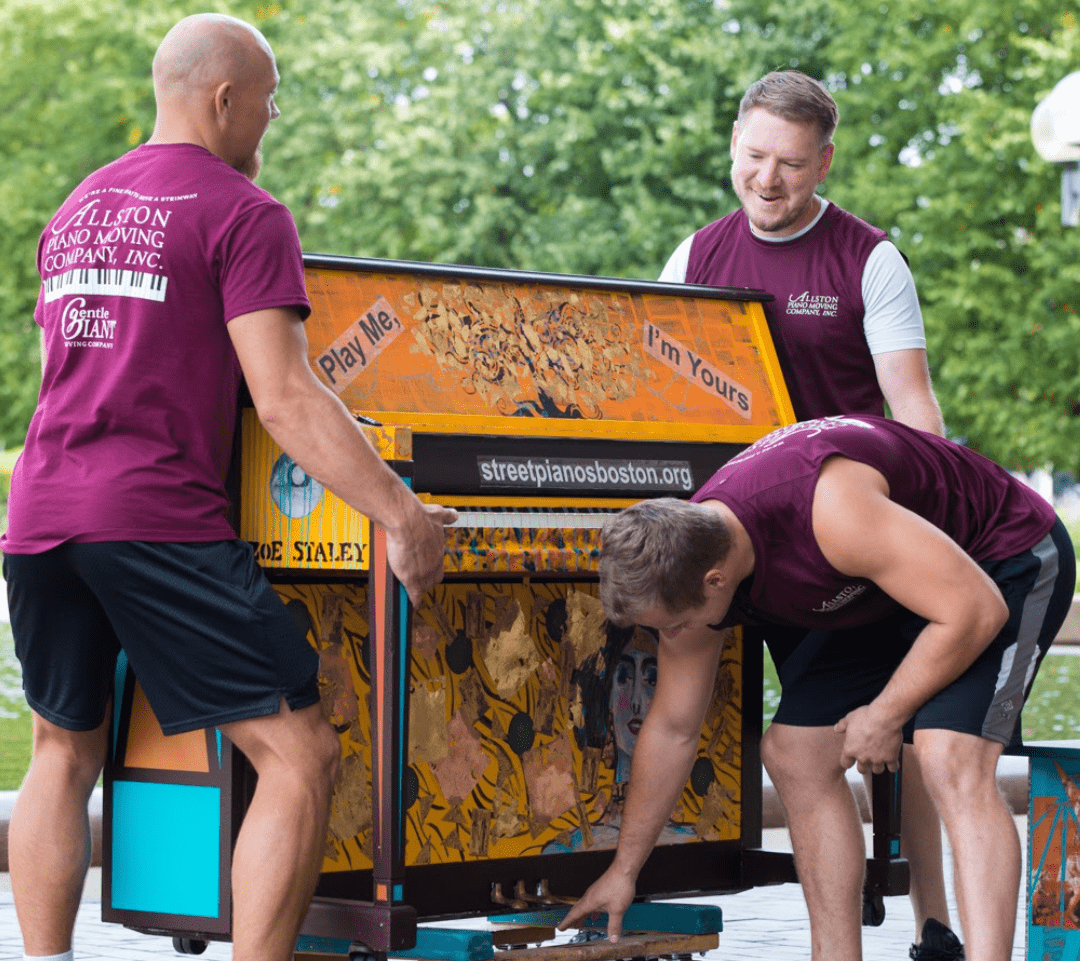
Moving a piano is no small task, and the care you give it after the move is crucial to ensuring its longevity and sound quality. A piano is not just a piece of furniture; it’s a delicate instrument that requires ongoing attention. This blog will provide essential tips for caring for your piano after a move, helping you keep it in top condition.
Inspect Your Piano After a Move
Visual Inspection
After relocating your piano, start with a visual inspection. Carefully check the exterior for any scratches, dents, or other visible damage that may have occurred during the move. Pay close attention to the legs, pedals, and keys, as these parts are particularly vulnerable.
Sound Check
Once the visual inspection is complete, play a few notes to ensure that the piano sounds correct. Listen for any unusual buzzing, rattling, or changes in tone that could indicate internal damage. A piano that doesn’t sound right may need professional attention.
Professional Inspection
Even if everything looks and sounds fine, it’s a good idea to hire a professional piano technician to conduct a thorough inspection. A technician can identify subtle issues that might not be immediately apparent and recommend any necessary repairs.
Allow Time for Acclimation After You Move a Piano
Temperature and Humidity Adjustment
Pianos are sensitive to changes in temperature and humidity. After moving, it’s important to let your piano acclimate to its new environment. Rapid changes can affect the tuning and even cause damage to the wood or strings.
Recommended Timeframe
Generally, you should allow your piano at least two weeks to adjust to the new conditions before scheduling any tuning or maintenance. This gives the instrument time to stabilize in its new environment.
How to Find the Right Placement After Moving a Piano
Ideal Location
Choosing the right location for your piano is essential for its care. Place it in a spot that is away from direct sunlight, heating vents, and sources of humidity like windows or kitchens. Excessive exposure to these elements can cause the piano’s wood to warp and the tuning to go off.
Floor Protection
To protect both your piano and your floors, use protective pads under the piano’s legs. This not only prevents scratches and dents in the flooring but also helps to evenly distribute the weight of the piano, preventing damage to the instrument.
Tuning Your Piano After a Move
Initial Tuning
Once your piano has acclimated to its new environment, it’s time to schedule its first post-move tuning. Moving can cause the strings to go out of tune, so this step is essential to maintain the piano’s sound quality. If you are located in New England, Allston Piano Moving provides full-service piano moves as well as tuning, staging, and storage.
Regular Tuning Schedule
To keep your piano sounding its best, it’s recommended to follow a regular tuning schedule. For most pianos, tuning every six months is ideal, though some pianos in particularly stable environments might need it less frequently.
Post-Move Piano Cleaning and Maintenance
Cleaning the Exterior
The exterior of your piano requires regular cleaning to maintain its appearance. Use a soft, dry cloth to dust the surface, and for more thorough cleaning, use products specifically designed for pianos. Avoid harsh chemicals that could damage the finish.
Interior Care
When it comes to cleaning the interior of your piano, it’s best to leave it to the professionals. The delicate parts inside the piano can be easily damaged by improper cleaning methods, so avoid DIY approaches here.
Humidity Control
Maintaining the right humidity level is crucial for your piano’s health. Depending on your environment, you may need to use a humidifier or dehumidifier to keep the humidity level around 40-50%. This will help prevent issues like wood cracking or swelling.
Piano Moving Solutions
Caring for your piano after a move is about more than just getting it into the right spot—it’s about preserving its sound and structure for the long haul. From a thorough inspection to ensuring it’s properly acclimated, each step you take contributes to the overall health of your instrument.
Remember that regular tuning and maintenance are key to keeping your piano in top condition. As you settle into your new space, consider scheduling your piano’s first post-move tuning or inspection to ensure it continues to perform beautifully.
Are you planning a local piano move? Speak with a reputable piano moving company like Allston Piano Moving today. Learn more about Allston Piano’s services and use our free estimate tool to determine the cost of your piano move.

